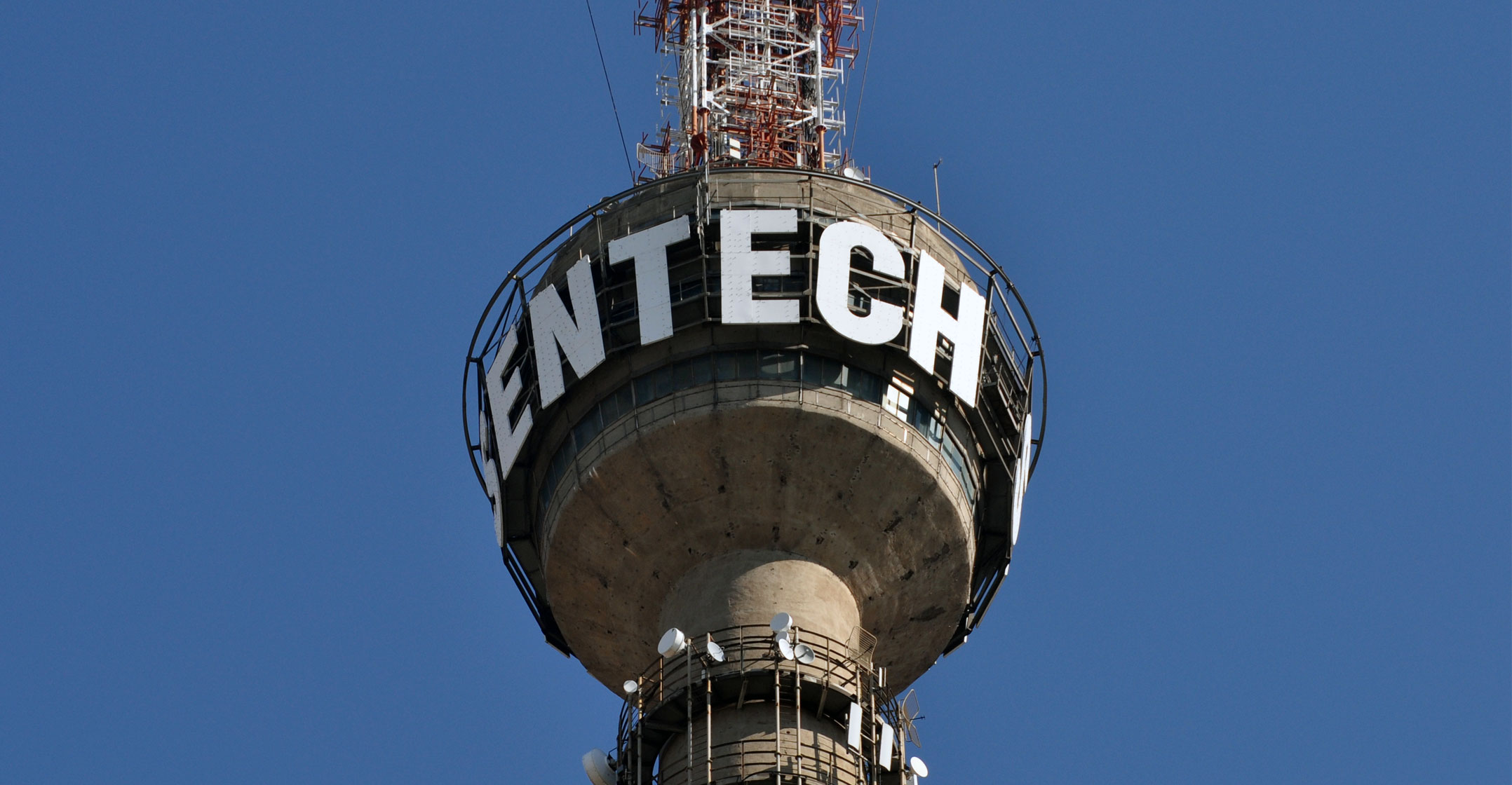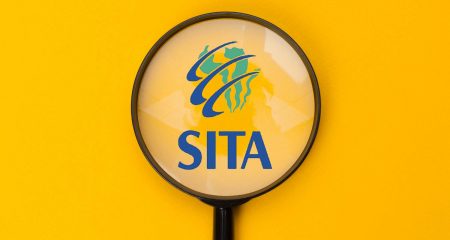 Sentech has kicked off the process of “digital restacking”, during which time it will move digital broadcasts out of the “digital dividend” bands so these can be repurposed for mobile broadband services.
Sentech has kicked off the process of “digital restacking”, during which time it will move digital broadcasts out of the “digital dividend” bands so these can be repurposed for mobile broadband services.
The Northern Cape will kick off the process on 25 January, followed by North West from 2 February, state-owned Sentech, which provides national television broadcasts into South African homes through its signal distribution network, said in a statement on Monday.
The company said it hopes to complete the digital restacking exercise, which will see all television broadcasts moved to frequencies below 694MHz, by the end of the year. The move will pave the way for communications regulator Icasa to license frequencies in the 700MHz and 800MHz bands to telecommunications operators through an auction.
Litigation
Sentech’s move comes despite litigation brought by eMedia Holdings – the parent of e.tv – against communications minister Khumbudzo Ntshavheni.
eMedia wants to delay the digital migration project because it argues that it stands to lose viewers if the switchover is rushed. The high court is scheduled to hear eMedia’s arguments on 8 March.
eMedia CEO Khalik Sherrif, speaking to TechCentral in an interview in October last year, said the shortest possible time in which the project could be completed without causing serious harm to the broadcasting sector was 15 months. Anything less, he said, would harm e.tv and other broadcasters and would flout provisions of the constitution dealing with the broadcasting sector.
Ntshavheni, however, is pushing ahead with the project: she has not budged from her commitment to complete the analogue switch-off by 31 March.
During the frequency change configuration process at each transmitter site, viewer television signals will be disrupted for up to six hours
Sentech said in its statement that it is forging ahead with the frequency changes following the analogue switch-off in each province. Mpumalanga will follow North West. It will then be the turn of the Eastern Cape, KwaZulu-Natal, the Western Cape, Limpopo and, lastly, Gauteng, it said.
“The project kicked off in the Free State at the end of 2021 and is targeted to finish all frequency changes by the end of 2022,” Sentech said.
“During the frequency change configuration process at each transmitter site, viewer television signals will be disrupted for up to six hours. Disruption dates for each town will be available on the Sentech website and social media pages.” — © 2022 NewsCentral Media




